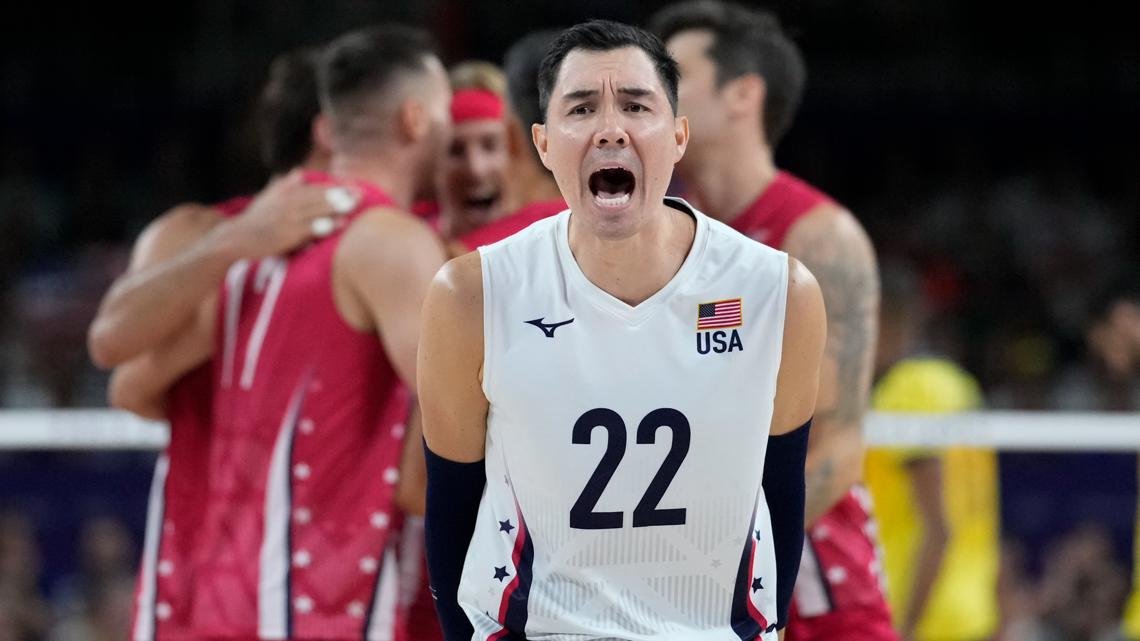General News
The Unique Jersey: Unveiling the Mystery Behind One Volleyball Player’s Different Color

During volleyball matches, you might notice something peculiar: one player in a different colored uniform from the rest.
WASHINGTON — Both forms of volleyball are now in progress at the 2024 Paris Olympics.
Viewers have observed that each team’s 12-player roster includes one player donned in a distinct jersey. So, who are they?
This player is a defensive specialist known as a “libero.” Restricted to the back row, they cannot serve, spike, or move to a front-row position.
The unique jersey color makes it easier for referees to enforce the specialized rules associated with the libero position. The International Volleyball Federation (FIVB), which governs Olympic volleyball, introduced the libero role after the 1996 Games.
Though volleyball and beach volleyball share basic rules, notable differences exist.
Indoor volleyball, debuting in the Olympics in 1964, involves six players per team and takes place on a larger court.
Beach volleyball, played on sand, has smaller courts and only two players per team, with no substitutions. Both sports allow each team to hit the ball up to three times before it must go over the net.
In six-person volleyball, matches are best of five sets, while beach volleyball is best of three sets. The balls used in beach volleyball are also different, being filled with 30% less air pressure than indoor volleyballs, making them move more slowly. Beach volleyball made its official Olympic debut in 1996 in Atlanta, following a demonstration in 1992.
How fast can volleyball serves be?
According to Olympic organizers, serves can reach speeds up to 80 miles per hour, particularly during jump serves or smashes, requiring athletes to have quick reflexes.


















